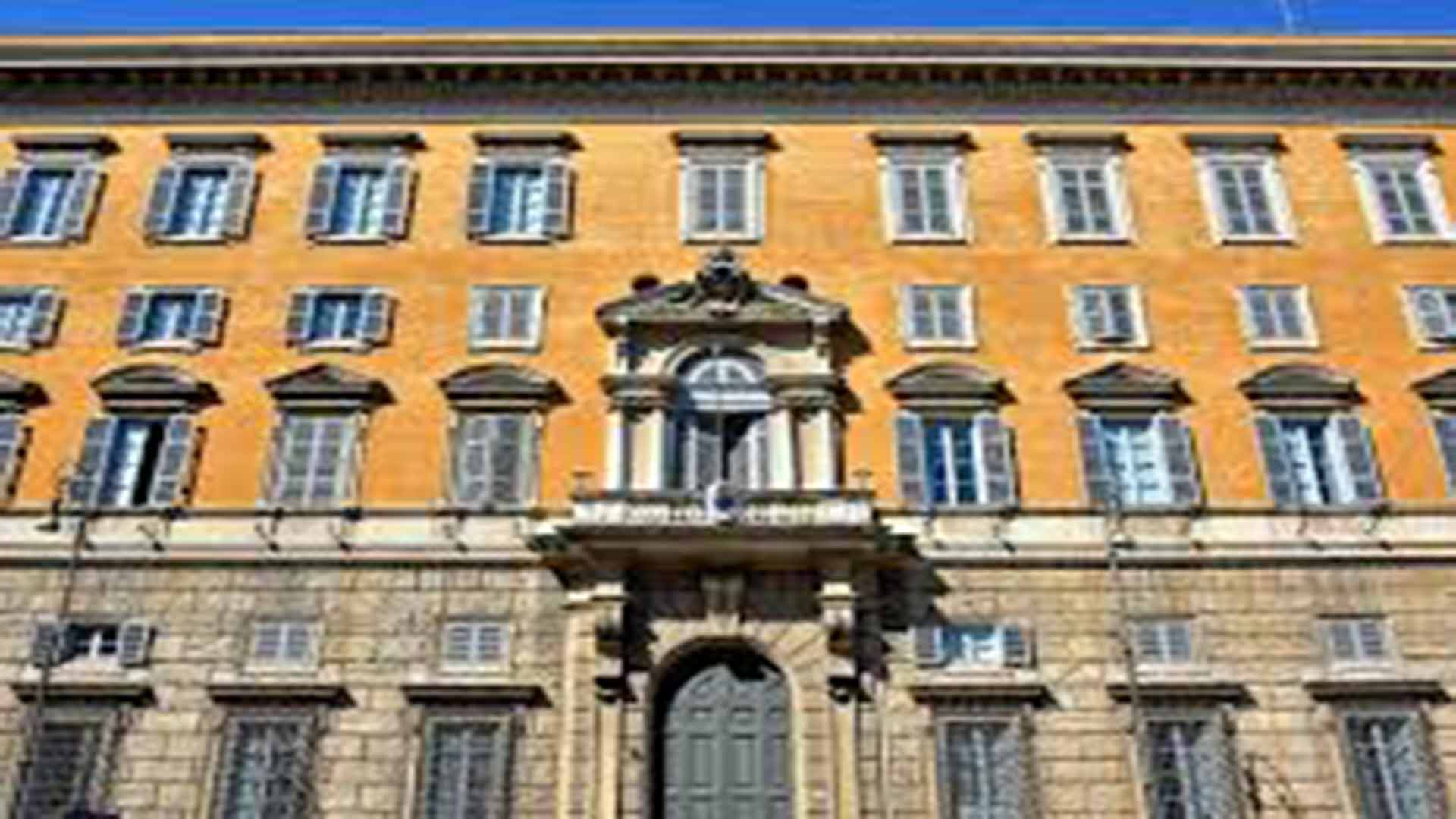What was the Inquisition? - 3
Even though it was a webinar relating to the Goa Inquisition that acted as bait, the purpose of this three-part series has been to study the concept, origin and development of the Inquisition in general, since those who malign it hardly care to understand its rationale.

By way of recapitulation, we could say that, with Christianity as the official religion of the Roman Empire since the days of Constantine, Church and State worked closely together. Unity of faith was essential not only to the ecclesiastical organization but to civil society. Although both Church and State had their own sets of laws their jurisdictions overlapped at times. Some ancient laws and procedures were Christianised, to the extent that the monarchs consented; the high and mighty had their own ways and very often even overpowered their spiritual head, the Pope.
Ultimately, in the sixteenth century, Church and State reached the tipping point in terms of jurisdiction. Pope Gregory IX decided to shoulder a task that had long been in the secular domain. He instituted a full-fledged inquisition tribunal to conduct official inquiries into heretical behaviour of Catholics, the intention being more reformative than punitive. While the tribunal dealt with what was essentially a spiritual issue, punishment for the recalcitrant remained a domain of the State, considering that heresy was a crime on a par with high treason.
Confused Perspectives
If the Inquisition is a scandal to non-Catholics, an embarrassment to Catholics in particular, and a pretty confusing thing to all, we hope that in tackling the confusion here, some of that scandal and embarrassment too will be resolved.
Behind a state of confusion there often lurks a malicious resolve to confuse. The webinar organised by a national-level Hindu fundamentalist outfit, on 30 May 2020, was a harangue spewing venomous myths to fuel the public imagination. The Upanishadic “Satyameva jayate” (Truth alone triumphs) went out of the window; it may require another series on the Goa Inquisition alone to restore the truth, or we could wait for the panelists to return after some homework.
There is also confusion when history is critiqued from a modern standpoint. As expected, in a post-webinar engagement, a “presentist” decried the Inquisition as a violation of human rights! Well, why just the Inquisition? By our standards, many ancient legal procedures would be dubbed unjust, surgical methods barbaric and disciplinary methods cruel! In the frenzied context of the pulling down of statues, probably every wonder of the world would have to be flattened for failing to measure up to our benchmarks of social justice.

On the other hand, it is interesting to note that even though medieval society did not look at “human rights” the way we do, the natural law discourse was active; it evolved into “natural rights” in the so-called “Age of Enlightenment” and emerged as “human rights” in the twentieth century. Our difficulty in appreciating the evolution shouldn’t make us flag-bearers of ingratitude lest we fail to acknowledge that, under that very same code of ethics, there was progress in art, science, culture and commerce, of which we are beneficiaries.
At any rate, the black legend surrounding the Inquisition is not of recent origin. It began with the Protestant Revolution and continued through the French Revolution and the Liberal revolutions in Europe. Even in the midst of all that radicalism, Voltaire, an arch-enemy of the Catholic Church, had the composure to write: “You have to be very cunning to calumniate the Inquisition, and to look for lies to render it odious.” Protestant authors like Henry Charles Lea and G. G. Coulton probably got most of the facts right but failed to weigh them well, perhaps influenced by prior animosity toward the Catholic Church (though not to the Inquisition itself) and/or overwhelmed by the subject. And somewhat similar was the sensational tale of the Goa Inquisition as told by a culprit (Charles Dellon), full of sound and fury – signifying something, for sure; but generations handled it sloppily, wickedly, and blew it out of proportion.
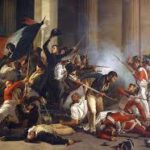
Artists and philosophers too added fuel to the fire. Some of the confusion surrounding the Inquisition came from their symbolic or fictional accounts. For instance, “St Dominic presiding at an auto da fé”, by the Spanish Pedro Berruguete, showed all stages of the Inquisition as happening at once, as though it were a free-for-all; of Dostoevsky’s poem “The Grand Inquisitor”, in The Brothers Karamazov. The illustrations in Dellon’s book too are fictional and deceptive. Likewise, the large numbers of burnings detailed in some historical accounts are unauthenticated, possibly the invention of pamphleteers.
Needless to say, serious authors across the world have treated the subject of the Inquisition in an unbiased manner, calling the spade a spade; but they haven’t been dramatic enough to garner attention.
Scandalous, is it?
Was the very inquisitorial method a scandal? It is one of the two types of legal traditions that have dominated the nature of investigation and adjudication around the world, the other being the adversarial system. The Church had no option but to follow the Roman Empire’s ‘civil law’ tradition which prescribed the inquisitorial system (as opposed to the ‘common law’ system followed in some other parts of the world).
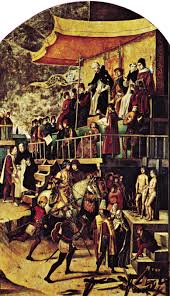
While in the adversarial system, the prosecution and defence are said to compete against each other, with the judge serving as a referee; the inquisitorial system is characterized by extensive pre-trial investigation and interrogations aimed to avoid bringing an innocent person to trial. The judge here has relatively more powers but he is not ipso facto an enemy of the accused. In fact, with lawyers averse to arguing the case of a heretic, the inquisitor had to steer the collation and prepare the evidence, while all the while coaxing the suspect into owning up and returning to the fold.
The use of torture as a means of obtaining confessions is also contentious. It was generally opposed by the Catholic Church through the Early Middle Ages; however, in the High Middle Ages, the Church, extremely preoccupied as it was with the great threat posed by mushrooming heresies, Catharism in particular, adopted the torture methods employed by the secular governments. Pope Innocent IV, in Bull Ad extirpanda (A.D. 1252), stipulated that the inquisitors were to “stop short of danger to life or limb”; but alas, there was scope for abuses, and the accused could well have endured the torments without admitting anything, or admitted guilt of a crime not committed.
Finally, what of the death penalty and the concurrent confiscation of property? While many learned churchmen had found burning at the stake incompatible with the spirit of Christianity, the civil authorities were bound in duty to apply the punishment. While confiscation of property added insult to injury, the provision was designed to snuff out the family’s tendency to spread the heresy with a vengeance. Some allege that confiscations brought in revenue, but then, not all convicts were rich, and the proceeds were anyway meant for the upkeep of the court.
In those days scarcely any community or nation would tolerate the setting up of a creed different from the majoritarian creed. To put this historical fact in perspective, it is imperative to note what was done by those who left the Catholic Church, advocating private judgment and criticising the Inquisition: the pseudo-Reformers Luther, Zwingli, Calvin, and their adherents, in turn were prompt in using torture against those who differed from them in matters of belief. In the sixteenth century, thousands of non-Anglicans were killed in England at the behest of King Henry VIII; in the seventeenth and eighteenth centuries, the American Puritans conducted inquisitions and burnings at the stake. The practice continued long after the pseudo-Reformation. The French Revolution, and the Mexican and Russian revolutions at the beginning of the twentieth century, had summary executions galore.
A redeeming feature of the Inquisition was that it closed the era of summary executions and considerably reduced death penalty sentences. As stated by Henry Charles Lea, in A History of the Inquisition of the Middle Ages, “however much we may deprecate the means used for its suppression [of heresy] and commiserate those who suffered for conscience’ sake, we cannot but admit that the cause of orthodoxy was in this case the cause of progress and civilization.” He stressed that “the Inquisition was not an organization arbitrarily devised and imposed upon the judicial system of Christendom by the ambition or fanaticism of the Church. It was rather a natural – one may almost say an inevitable – evolution of the forces at work in the thirteenth century, and no one can rightly appreciate the process of its development and the results of its activity without a somewhat minute consideration of the factors controlling the minds and souls of men during the ages which laid the foundation of modern civilization.”
Bernard Shaw put it down very categorically: “… Nobody thinks of these liquidations [of lower animals] as punishments, nor expiations, nor sacrifices, nor anything but what they really are: sheer necessities. Precisely the same necessity arises in the daily-occurring cases of incorrigibly mischievous human beings. They are vermin in the commonwealth, ferocious wild beasts on our highways, robbers and crooks of all sorts.”
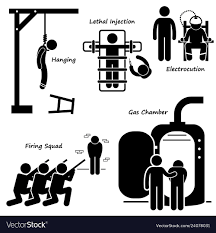
What’s the scene in the early twenty-first century? Thirty per cent of the countries under the United Nations have retained capital punishment, and some have extended its scope. Iran, Singapore, Malaysia, Sri Lanka and the Philippines, to name a few, impose a death sentence for importation and/or possession of drugs. Several others do so for various economic crimes, including bribery and corruption of public officials, embezzlement of public funds, currency speculation, and the theft of large sums of money. Sexual offences are also punishable similarly in about two dozen countries, including most Islamic states. China holds executions regularly for a wide variety of reasons.
Is modern society, then, any more humane than medieval society? How many consciences are pricked by the same procedures prevailing in our day and age? The inquisitorial method is still used in criminal investigation in several countries, including India; confessions are extracted under preventive detention in every region of the world; freshly devised torture instruments are rampant; protracted and expensive legal procedures in secular courts are almost a denial of justice; and, finally, the moral responsibility to decide between life and death was as great for the inquisitor then as it is now for the modern judge in countries that uphold capital punishment.
In short, the procedures of the Inquisition weren’t a denial of freedom, they rather provided protection against “freedoms” claimed by anarchists. Similarly, the death sentence wasn’t anti-life, it was a penalty imposed very sparingly, whereas some heretical groups openly advocated suicide. Finally, medieval life didn’t forbid things indiscriminately; the crazy array of anarchist groups at the Sorbonne did, with their blanket diktat “It is forbidden to forbid”…
Meanwhile, in North America, more babies die from abortion in two days than the total number of people who died during centuries of Inquisition. And euthanasia is another sordid chapter of contemporary history. These crimes against humanity will probably be recognized only half a millennium from now….
Why the embarrassment?
That is what the story of humankind has on the whole been like. Yet we seem more troubled by events that are lost in the mists of time than by our present-day evils. Does it make any sense to criticise purported crimes when we are perpetrators of real ones? Human rights, freedom of conscience, religious freedom and pluralism – haven’t they been alive and kicking for the last hundred years or so?
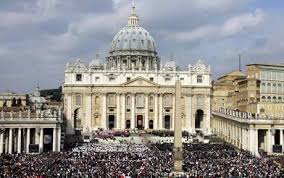
Catholics are therefore invited to take the bull by the horns. The Inquisition isn’t any more barbaric than wars have been; the Inquisition casts no slur on the Catholic Faith, for it was a matter of enforcing discipline, not imposing belief; the Inquisition as a tribunal is nothing to be ashamed of, for no tribunal has ever been infallible. Arguments in favour of the Inquisition valid half a millennium ago still hold true today, just that in modern times we perhaps judge differently, more leniently; but that doesn’t make the opinions held by our contemporaries objectively more correct than those held by our ancestors.
The Catholic Encyclopaedia points out that “the Inquisition, in its establishment and procedure, pertained not to the sphere of belief, but to that of discipline. The dogmatic teaching of the Church is in no way affected by the question as to whether the Inquisition was justified in its scope, or wise in its methods, or extreme in its practice. The Church established by Christ, as a perfect society, is empowered to make laws and inflict penalties for their violation. Heresy not only violates her law but strikes at her very life, unity of belief; and from the beginning the heretic had incurred all the penalties of the ecclesiastical courts.”
After all, when the welfare of the commonwealth was at stake, threatened by the anarchists of those days, why would they hesitate to sentence the same anarchists to the stake? In fact, if death penalty could be inflicted on thieves and forgers, who rob us of worldly goods, how much more deservedly on those who cheat us out of supernatural goods (namely, the Faith, the sacraments, the life of the soul)!
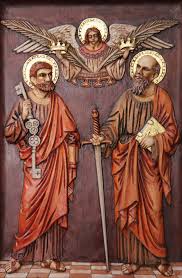
Modern, secular minds trained to look at the supremacy of the material world have particular difficulty in accepting the argument of the supernatural goods; but in that remote age, when the life of the spirit was given pride of place, and criminals of every hue dealt with vigorously, hatred for heresy came naturally to people. Despite that, heretics had the benefit of judicial protocol; they were not left to the dictates of an infuriated populace. The punishments, then, were an expression not only of the legislative power but also of the popular hatred for heresy.
Finally, did the Inquisition have a political motive? Yes, it did; to safeguard the polity. And didn’t they target the Jews for their money? They weren’t Jews, in the first place, but crypto-Jews, booked for heresy. With the distance of time it’s really easy to ascribe motives to events, just as in our times, many of those picked up for petty crimes in one regime were honoured as “freedom fighters” in the next – when the freedom they were seeking was nothing but licence to break the law and loot.
For all the reasons mentioned above, the Inquisition deserves neither unqualified praise nor the blind denigration it has met with. If it is the “sins” of the past that atonement is due for, it will be a long list indeed. Well, for starters, in India, let’s not forget to add and demand an apology for centuries of sati – and of untouchability, a veritable life-in-death situation!
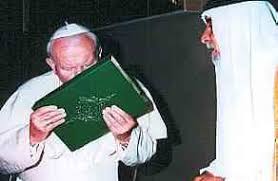
Meanwhile, how many individuals and how many cultures can afford to be upfront as Pope John Paul II was? Addressing the International Symposium on the Inquisition, in 1998, he said: “The Inquisition belongs to a tormented phase in the history of the Church, which… Christians [should] examine in a spirit of sincerity and open-mindedness.” He added: “… before asking for forgiveness, it is necessary to know the facts exactly and to recognize the deficiencies in regard to evangelical exigencies in the cases where it is so.” In other words, we have to keep in mind “the dominant mentality in a determined area.”
Six years later, the Symposium released a report of its findings, which were based on studies of documents from the Vatican’s Secret Archives. Accordingly, most of the torture and executions attributed to the Catholic Church during the various inquisitions didn’t occur at all. In addition, the total number of accused heretics put to death during the Spanish Inquisition comprised 0.1 percent of the more than 40,000 who were tried. The number of witches burned at the stake by the inquisitions in Spain, Italy and Portugal was 99, out of more than 125,000 trials. In fact, in some cases the inquisitions saved lives by saving accused heretics from secular authorities, who had both the power and desire to execute them.
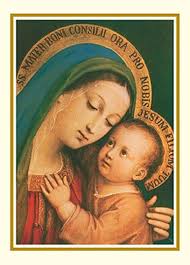
Were the Church authorities, then, pressurised by internal and external agencies to tender that apology, to appease a brave new, multi-cultural world? Be that as it may, the Pope quite magnanimously refrained from demanding apologies from other religious, political or social agencies for their many acts of commission and omission. Regrettably, those illuminating research findings came after the apology, which had meanwhile put the Catholics on the back foot. The need of the hour was (and still is) to enlighten – or rather, counter-enlighten – the faithful on what the historical Tribunal really stood for. Quite ironically, in recent times, this omission alone – more than all that criticism from adversaries or ignoramuses – was responsible for making the Inquisition look monstrous.
29th June 2020, Solemnity of SS Peter and Paul. Both died for the Faith, crucified upside down and beheaded, respectively, under Roman Emperor Nero, between A. D. 64-67.
(Concluded)
